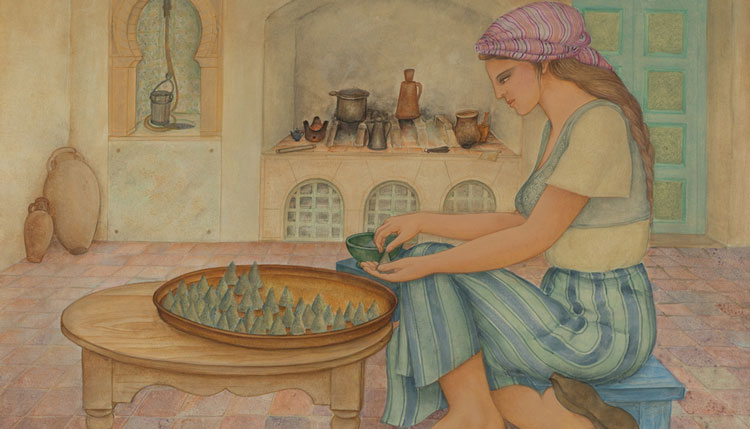Casa Árabe and the Embassy of Tunisia are organizing tomorrow at 7 pm the conference Tunisian art and Andalusian culture: crossroads, taught by Mohamed Sami Bchir, professor at the Higher Institute of Fine Arts in Susa. Free admission until the capacity of the room is reached. The event will be held in French with simultaneous interpretation.
The dialogue between Tunisian art and Andalusian culture demonstrates the inter-territorial nature of human heritage and its ability to connect the world in all its diversity. This artistic and cultural convergence highlights al-Andalus’ profound influence on Tunisian artistic identity, exploring its impact from chronological, aesthetic and symbolic perspectives. The interaction between these two worlds not only goes beyond a mere juxtaposition of elements, but reveals a complex stratification where Arab-Muslim traditions are transformed through contact with modernity.
In fact, this interconnection underlines the depth of the history of Tunisian visual art and its rich and diverse influences, from the orientalist painters who visited Tunisia at the beginning of the 20th century to the great figures of Tunisian art such as Yahia Turki (1902-1969), considered the father of modern painting.
This appointment to address the crossroads between Tunisian art and Andalusian culture aims to serve as a refuge of immortalized memory, where the work of art boldly embarks on an implacable battle against oblivion. Within the framework of the Focus Country: Tunisia in Casa Árabe and with the exhibition Tunisian Illuminations as a backdrop, the act wants to trace the path of an emblematic painting to immerse yourself in your own impulses, where the limited space of the work opens up an infinite field of interpretation.
Mohamed Sami Bchir is a multidisciplinary visual artist from the city of Monastir. Doctor by the Sorbonne in Sciences, techniques and aesthetics of the arts, he is currently a professor-researcher of Plastic Arts at the Higher Institute of Fine Arts of Susa. His practical and theoretical concern focuses on the current territories of painting in the era of contemporary experimentation. Mohamed Sami Bchir crosses in his practice several heterogeneous possibilities and integrates through the pictorial matter a certain aesthetic of the unforeseeable.
